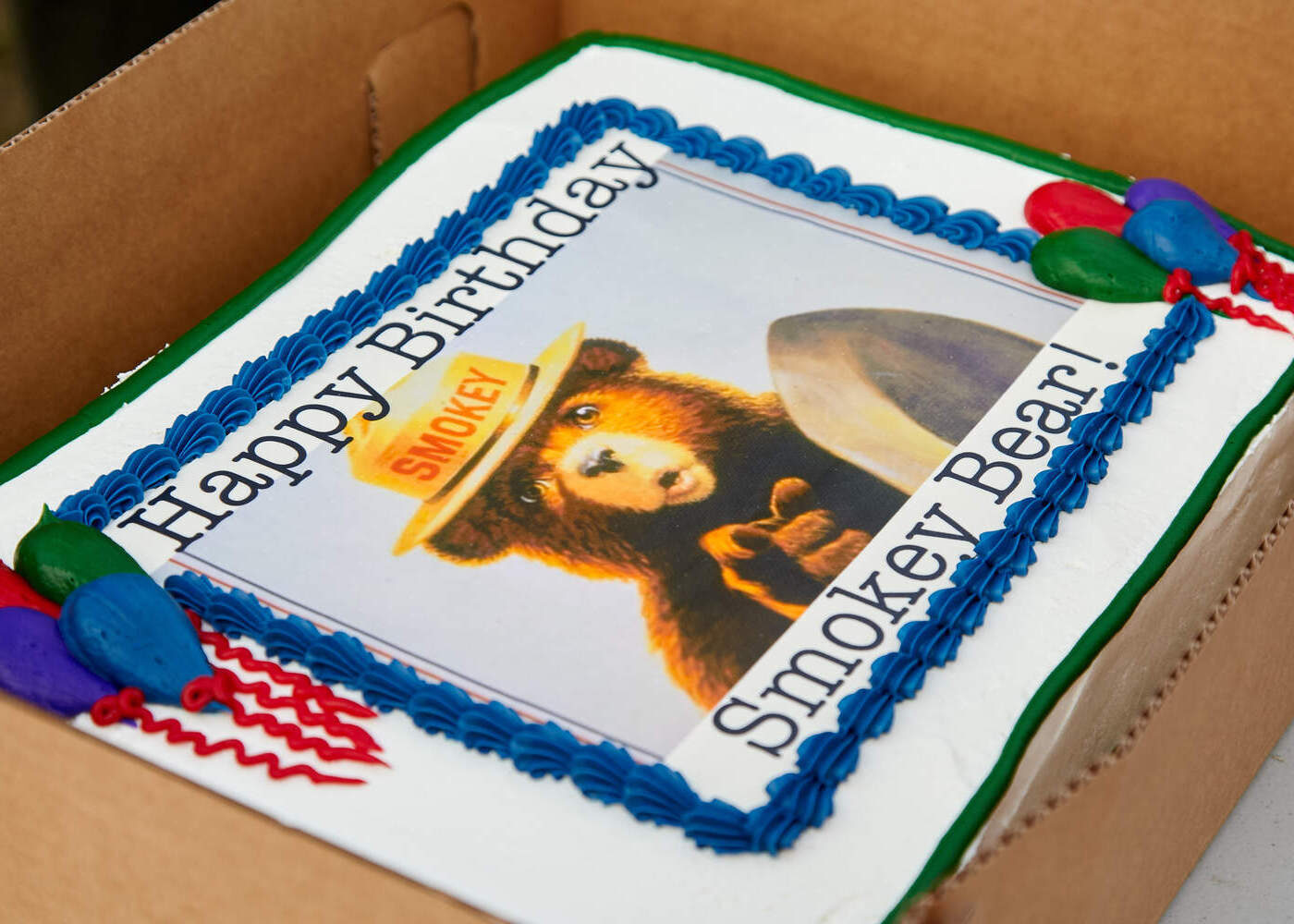What is a wildfire?
Wildfire is an uncontrolled or unplanned fire burning vegetation like a forest or grasslands. They can occur in isolated areas or very close to and within communities. Wildfires occurring near or in communities can pose a threat to people and property.
Are all fires bad?
No. Not all fires are bad for the environment. Fire was one of the first major developments in human civilization.
It can play an important role in maintaining diverse and healthy ecosystems by consuming vegetative debris. And lead to the regrowth of native forest and grass species.
Fire can be reintroduced into ecosystems through prescribed fire. Under set prescription of a burn plan, a prescribed fire brings the benefits of natural fire while preventing the losses of an uncontrolled wildfire.
Fire triangle
A fire needs three elements to occur. Without all three present at the same time, a fire won’t occur or will extinguish.
- Heat – A heat or ignition source is needed to ignite a fire.
- Fuel – Any material that can burn
- Oxygen – Air contains about 21% oxygen, allowing fires to burn. When fuel (vegetation) burns, a chemical reaction occurs, releasing heat, gases, smoke, and embers in a process called oxidation.
To better understand how fires ignite and spread, check out this video that explains the fire triangle.
Why do some fires get so big?
Fire behavior is affected by several factors including weather conditions, the vegetation that is burning, and the terrain of the affected area.
Wind, temperature, and humidity are weather conditions that contribute to fire behavior. Wind is one of the most important factors because it can bring a fresh supply of oxygen to the fire and push the fire toward a new fuel source.
The temperature of fuel influences its susceptibility to ignition. Humidity affects the moisture level of fuel. At low humidity levels, fuels become dry and catch fire more easily and burn quicker than at higher humidity levels.
High fire potential is usually characterized by low moisture levels in vegetation, low relative humidity levels, high temperatures, increased wind speeds and gusts, and availability of fuel to burn. Additional factors like drought and poor tree health can also play a role. Combinations or all of these circumstances can lead to wildfires that are very resistant to control.
Topography, or terrain, describes the land surface, for example, mountains, valleys, and rivers. It can significantly impact the direction and speed with which a fire moves.

